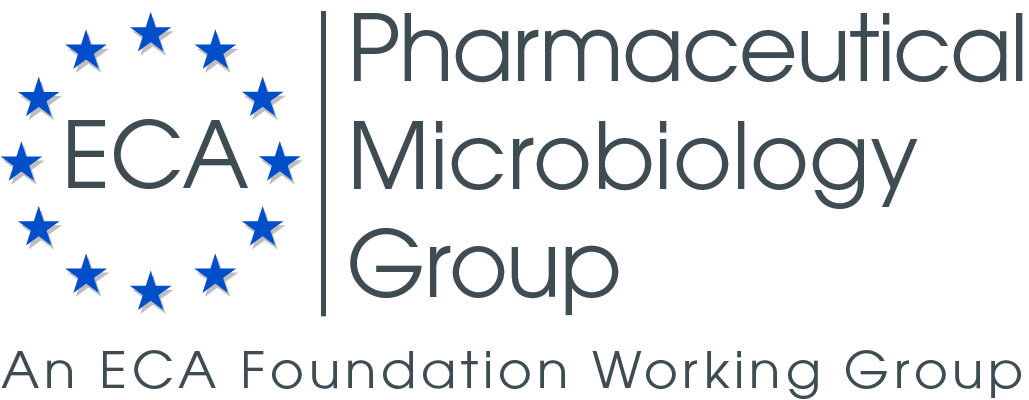|
|
|
 |
17. Bioindicators
|
|
|
|
-
Biological Indicators, Tools to Verify the Effect of Sterilisation Processes - Position paper prepared on behalf of Group 1 (Biological Methods and Statistical Analysis) - more
-
! NEW ! The Boil Test—Strategies for Resistance Determination of Microorganisms - more
-
! NEW ! Plasma Decontamination: A Case Study on Kill Efficacy of Geobacillus stearothermophilus Spores on Different Carrier Materials - more
-
! NEW ! Evaluation of Novel Process Indicators for Rapid Monitoring of Hydrogen Peroxide Decontamination Processes - more
-
! NEW ! A Bayesian Approach to Determination of F, D, and Z Values Used in Steam Sterilization Validation - more
K. Haberer, H. van Doorne
https://www.edqm.eu/en/pharmeuropa-bio-and-scientific-notes-584.html
Biological indicators (BIs) are test systems containing viable microorganisms (usually spores of bacteria) providing a defined challenge to a specified sterilisation process. General chapter 5.1.2 of the European Pharmacopoeia (Ph. Eur.) sets specifications for BIs and gives some guidance for their use. As shown in this text, the approach followed by Ph. Eur. as well as by ISO standards is outdated and could create nowadays some confusion among the users of the pharmacopoeia. It is the objective of this paper to provide the theoretical background of BIs as tools for the design and qualification of reliable moist heat sterilisation processes. The principles laid down in this article will form the basis of a future draft on a revised chapter on BIs in Pharmeuropa
|
|
|
Agalloco J, Tidswell EC
PDA J Pharm Sci and Tech 2018, 72 566-573
https://www.ncbi.nlm.nih.gov/pubmed/29954922
Abstract:
The terminal sterilization of drugs and devices is the most appropriate means of assuring patient safety
in terms of infection prevention. Adoption of terminal sterilization processes requires a supporting and thorough program for control and monitoring of bioburden, especially if a parametric release program of sterilization is desired. Such a control program should necessarily assess and evaluate the associated bioburden (primarily spores), which may resist inactivation and challenge the sterilization cycle. The bioburden resistance can be evaluated by several means and procedures (e.g., the boil test); however, these procedures should be designed and implemented taking into consideration the nature of the spore and spore recovery. This short review describes the application of moist heat resistance for the terminal sterilization of drugs.
|
|
|
Semmler E, Novak W, Allinson W, et al.
PDA J Pharm Sci and Tech 2016, 70 256-271
https://www.ncbi.nlm.nih.gov/pubmed/27020647
Abstract:
A new technology to the pharmaceutical field is presented: surface decontamination by plasmas. The technology is comparable to established barrier systems like e-beam, volatile hydrogen peroxide, or radiation inactivation of microbiological contaminations. This plasma technology is part of a fully automated and validated syringe filling line at a major pharmaceutical company and is in production operation. Incoming pre-sterilized syringe containers (“tubs”) are processed by plasma, solely on the outside, and passed into the aseptic filling isolator upon successful decontamination. The objective of this article is to present the operating principles and develop and establish a validation routine on the basis of standard commercial biological indicators. Their decontamination efficacies are determined and correlated to the actual inactivation efficacy on the pharmaceutical packaging material. The reference setup is explained in detail and a short presentation of the cycle development and the relevant plasma control parameters is given, with a special focus on the in-process monitor determining the cycle validity. Different microbial inactivation mechanisms are also discussed and evaluated for their contribution and interaction to enhance plasma decontamination. A material-dependent inactivation behavior was observed. In order to be able to correlate the tub surface inactivation of Geobacillus stearothermophilus endospores to metallic biological indicators, a comparative study was performed. Through consistently demonstrating the linear inactivation behavior between the different materials, it becomes possible to develop an effective and time-saving validation scheme.
|
|
|
McLeod NP, Clifford M, Sutton JM
PDA J Pharm Sci and Tech 2017, 71 393-404
https://www.ncbi.nlm.nih.gov/pubmed/28512177
Abstract:
Geobacillus stearothermophilus spores on stainless steel discs are routinely used as biological indicators for the validation of hydrogen peroxide bio-decontamination processes. Given ongoing concerns about the reliability and response time of biological indicators, we explored the potential for an enzyme-based approach to decontamination process evaluation. Thermostable adenylate kinase enzyme was coated onto a solid support and exposed to hydrogen peroxide vapour, in parallel with standard commercial 6-log biological indicators, during a series of vapour-phase hydrogen peroxide cycles in a flexible film isolator. The exposed biological indicators were enumerated to define the degree of kill at different time intervals and the results compared to the thermostable adenylate kinase values, as determined by measuring adenosine triphosphate produced by residual active enzyme. Both biological indicators and the thermostable adenylate kinase indicators exhibited a biphasic inactivation profile during the process. There was significant variance between individual cycles, with some cycles showing complete inactivation of the biological indicators to the limit of detection of the assay, within 6 min, whereas biological indicators in some cycles were inactivated at a time greater than 12 min. The log-kill of the biological indicators at intermediate time points were plotted and compared to the fully quantifiable measurements derived from the thermostable adenylate kinase indicators at the same time points. The results demonstrated very similar inactivation profiles for the enzyme and for the biological indicators, thus it was possible to define a relationship between relative light units measurement and biological indicator kill. This indicates that it is possible to use thermostable adenylate kinase measurement as a direct measure of vapour-phase hydrogen peroxide bio-decontamination performance, expressed in terms of log reduction. Because thermostable adenylate kinase measurement can be achieved within a few minutes of vapour-phase hydrogen peroxide cycle completion, compared with a minimum of 7 days for the evaluation of biological indicator growth, this offers a potentially valuable tool for rapid vapour-phase hydrogen peroxide bio-decontamination cycle development and subsequent re-qualification.
|
|
|
Faya P, Stamey JD, Seaman JW
PDA J Pharm Sci and Tech 2017, 71 88-98
https://www.ncbi.nlm.nih.gov/pubmed/27789802
Abstract:
For manufacturers of sterile drug products, steam sterilization is a common method used to provide assurance of the sterility of manufacturing equipment and products. The validation of sterilization processes is a regulatory requirement and relies upon the estimation of key resistance parameters of microorganisms. Traditional methods have relied upon point estimates for the resistance parameters. In this paper, we propose a Bayesian method for estimation of the well-known DT, z, and Fo values that are used in the development and validation of sterilization processes. A Bayesian approach allows the uncertainty about these values to be modeled using probability distributions, thereby providing a fully risk-based approach to measures of sterility assurance. An example is given using the survivor curve and fraction negative methods for estimation of resistance parameters, and we present a means by which a probabilistic conclusion can be made regarding the ability of a process to achieve a specified sterility criterion.
|
|
|
|



